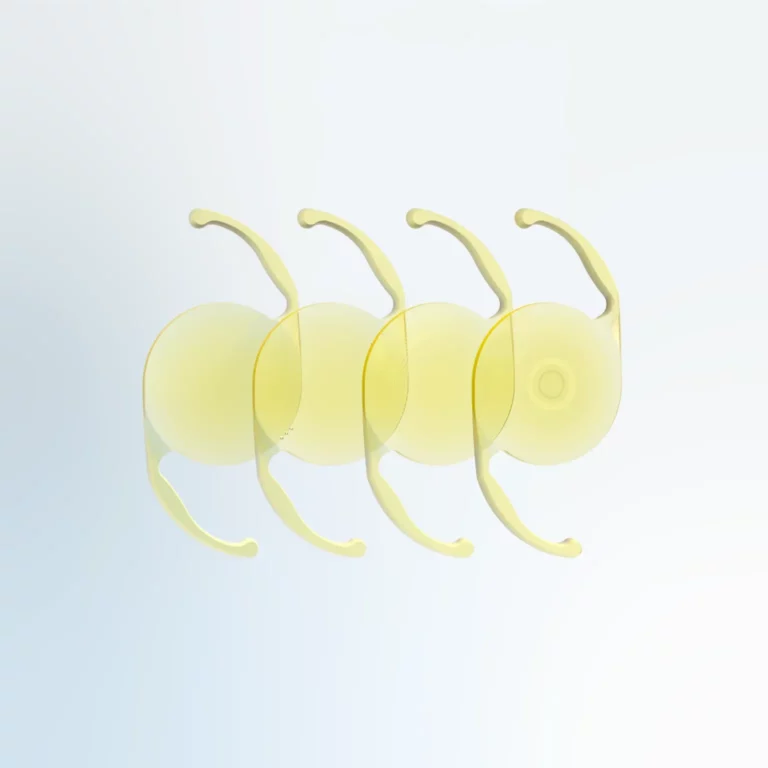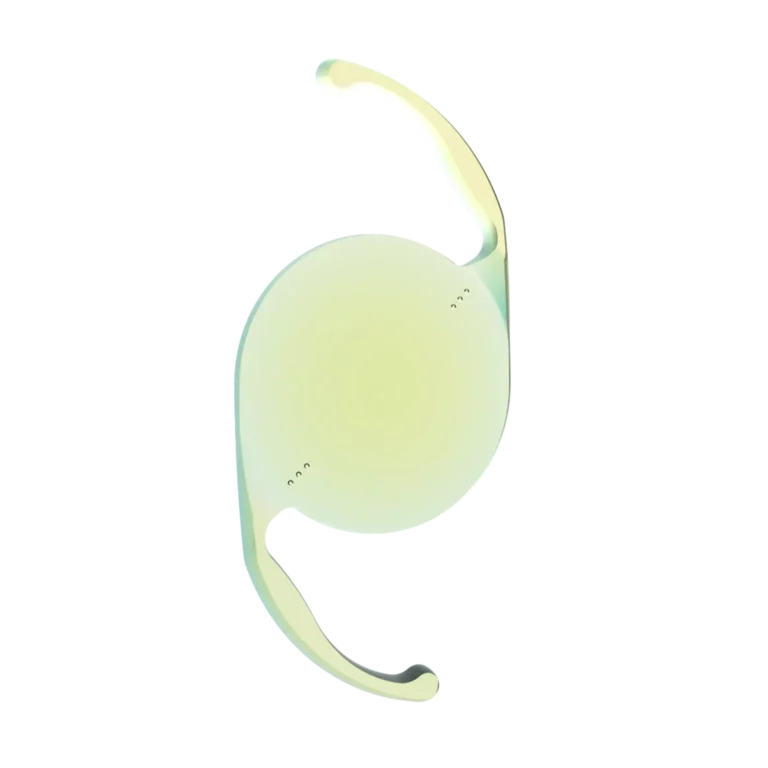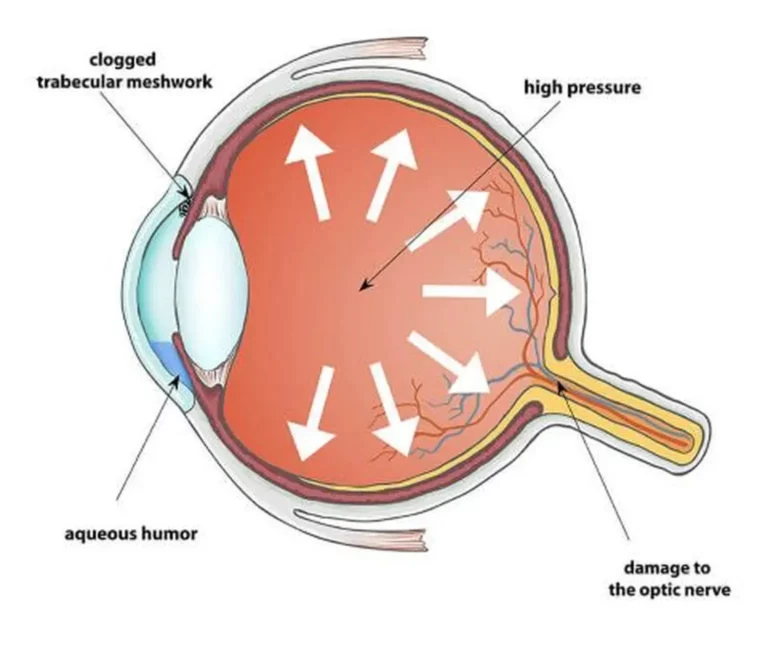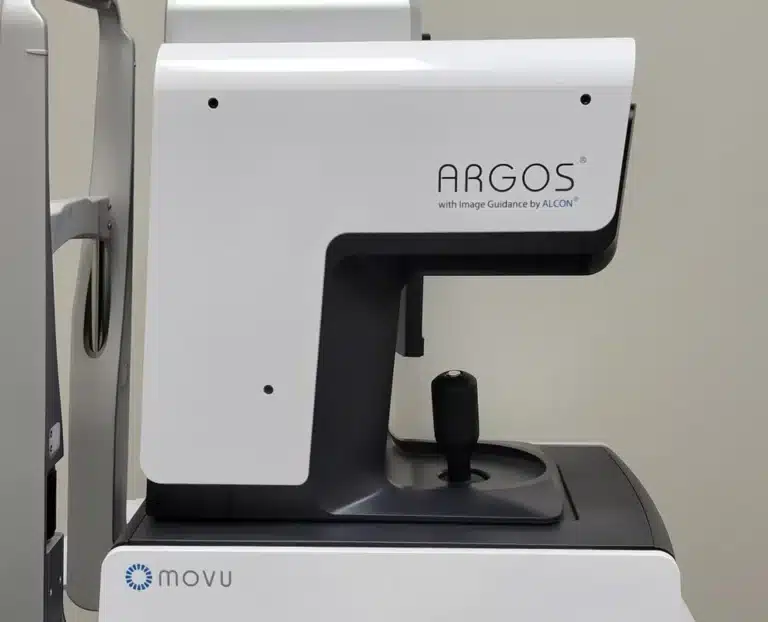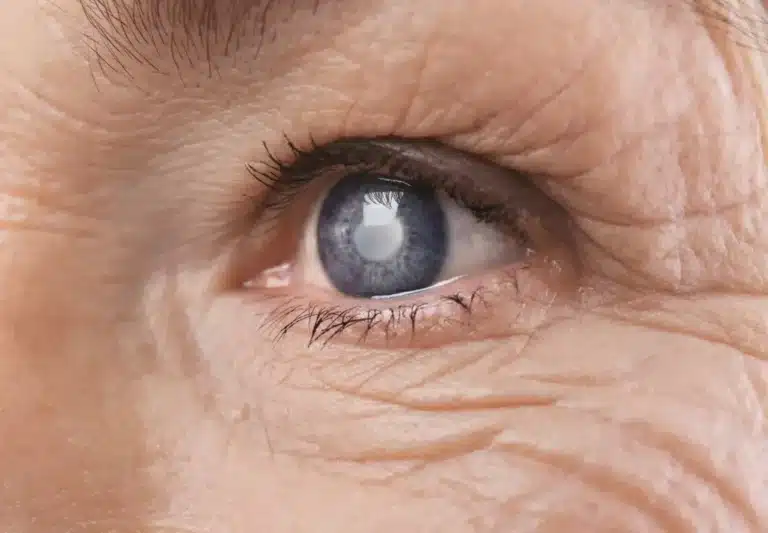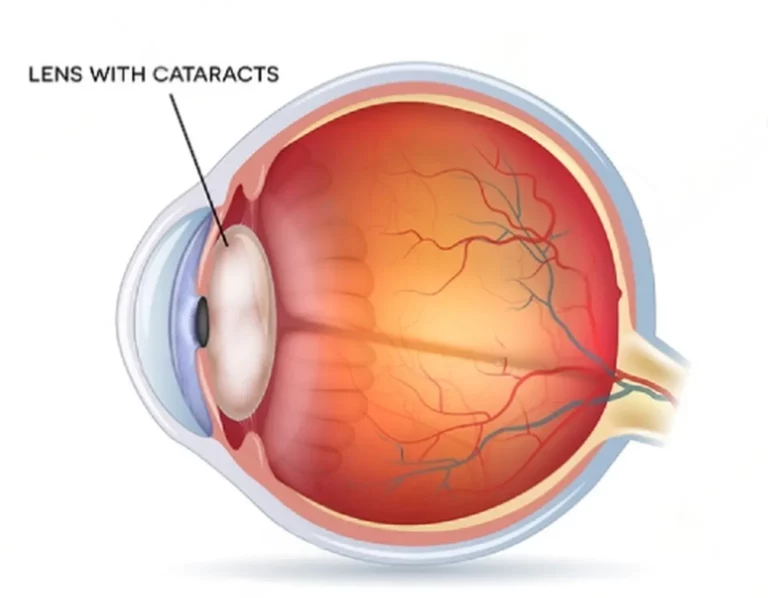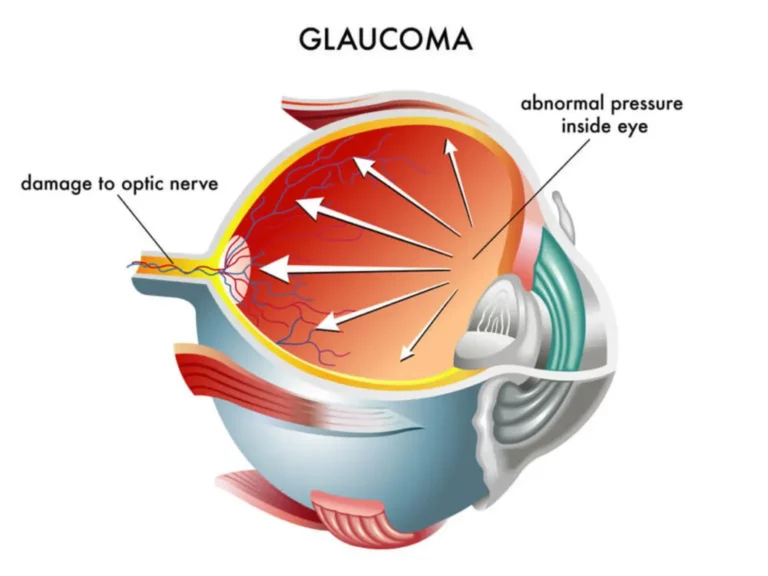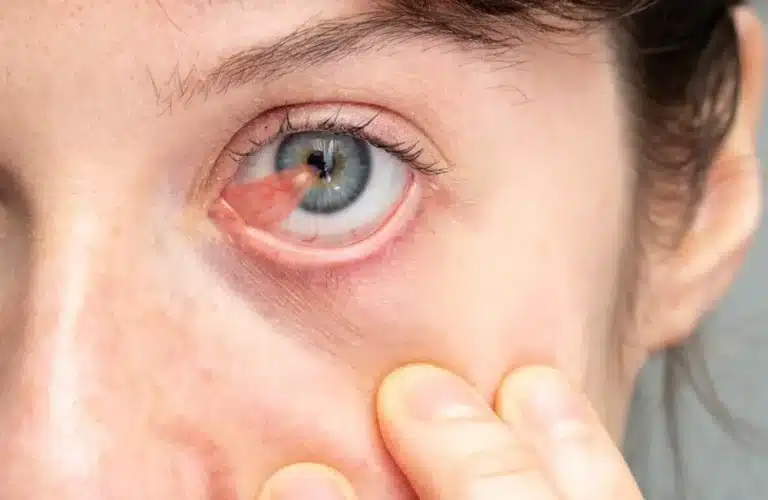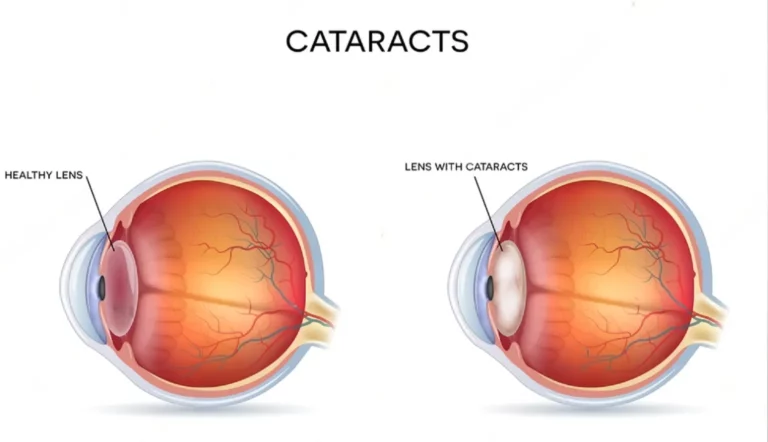Anesthesia for Cataract Surgery
Level of Anesthesia for Cataract Surgery If you or one of your family members is considering cataract surgery, the thought of getting surgery on your eye may be scary or overwhelming. In addition to the psychological pressure of having someone “work on your eye”, some patients are scared that the surgery may be extremely painful,…
Read MoreToric Lens for Cataract Surgery
Information about Toric Intraocular Lenses at the time of Cataract Surgery During a cataract evaluation, Dr. Golen, or another eye surgeon, may mention a toric lens for astigmatism correction. A toric lens is a term that is commonly used by eye surgeons, but not every patient understands what this means. Simply stated: a toric lens…
Read MoreOpen Angle Glaucoma
Basics About Open Angle Glaucoma Open angle glaucoma is the most common type of glaucoma that I see in my clinic. In this type of glaucoma, the angles of the eye are open, but the drainage network of the eye, also known as the trabecular meshwork, is not functioning completely normally, or is partially “clogged”. …
Read MoreCataract Surgery: Pre-Operative Measurements
Pre-Operative Measurements for Cataract Surgery Cataract surgery is one of the most commonly performed surgeries in the United States. In fact, at Central Florida Ophthalmology, in Oviedo, Florida, it is our most commonly performed surgery. Cataract surgery involves removing the natural lens (which has become opaque, and now called a “cataract”), and replacing it with…
Read MoreCataract Surgery: Indications
Indications for Cataract Surgery Cataract surgery is a very commonly performed surgery in the United States. In the greater Orlando area, cataracts are one of the most common eye problems that I see. I often get asked by patients: how do I know if I’m ready for cataract surgery? My framework for answering this question…
Read MoreCataracts: Non-surgical options
Non-surgical options for cataracts Cataracts are one of the most common eye diseases that I see in my clinic in the Orlando metro area. Cataracts are an opacification of the eye’s natural lens. Typically, people are born with clear lenses, and as they reach late middle age and beyond, that clear lens inside of the…
Read MoreMedical Management of Pterygium
How I think about medical (non-surgical) management of pterygium In my last blog post, I spoke about the basic pathophysiology (or clinical development) or a pterygium. Now I’d like to explain how I typically manage these medically. This is not medical advice, so please consult with a physician prior to starting any treatment. First, if…
Read MoreGlaucoma 101
Introduction to Glaucoma Glaucoma is a group of eye diseases that affect the optic nerve, generally causing damage to the optic nerve. The optic nerve is the connection between the eye and the brain, and is actually the 2nd cranial nerve, coming out from the brainstem. As you may imagine, it is an extremely important…
Read MorePterygium 101
What is a pterygium? How can it affect the eyes? A pterygium is a non-cancerous, fleshy growth on the eye, that is most commonly caused by sun, or UV exposure. It is commonly seen in people who spend a lot of time outside, especially in bright environments like the beach. It is sometimes nicknamed “Surfer’s…
Read MoreCataract 101
A basic introduction to cataracts Cataracts are one of the most common eye problems that I see in my clinic. Despite how common they are, I’m always surprised to hear that many of my patients, even highly educated people, don’t know exactly what a cataract is. I intend to change that with this blog post,…
Read More
